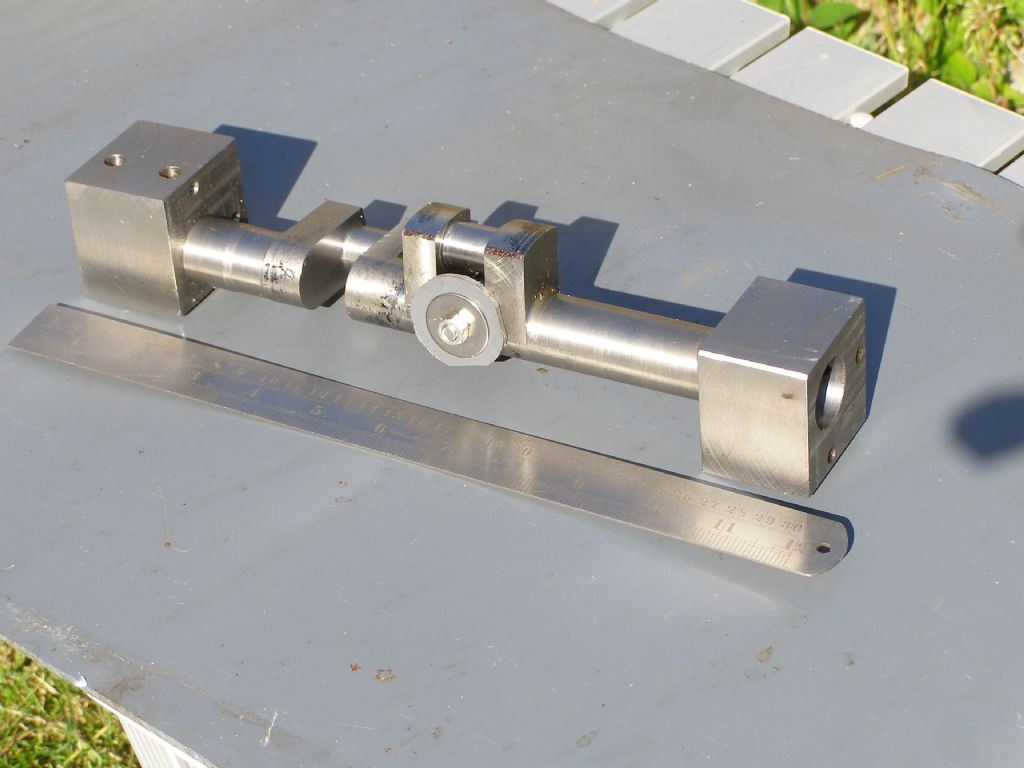Offset for crankshaft big ends in 3 jaw chuck
Offset for crankshaft big ends in 3 jaw chuck
- This topic has 6 replies, 6 voices, and was last updated 27 December 2022 at 16:54 by
Les Riley.
Viewing 7 posts - 1 through 7 (of 7 total)
Viewing 7 posts - 1 through 7 (of 7 total)
- Please log in to reply to this topic. Registering is free and easy using the links on the menu at the top of this page.
Latest Replies
Viewing 25 topics - 1 through 25 (of 25 total)
-
- Topic
- Voices
- Last Post
Viewing 25 topics - 1 through 25 (of 25 total)






